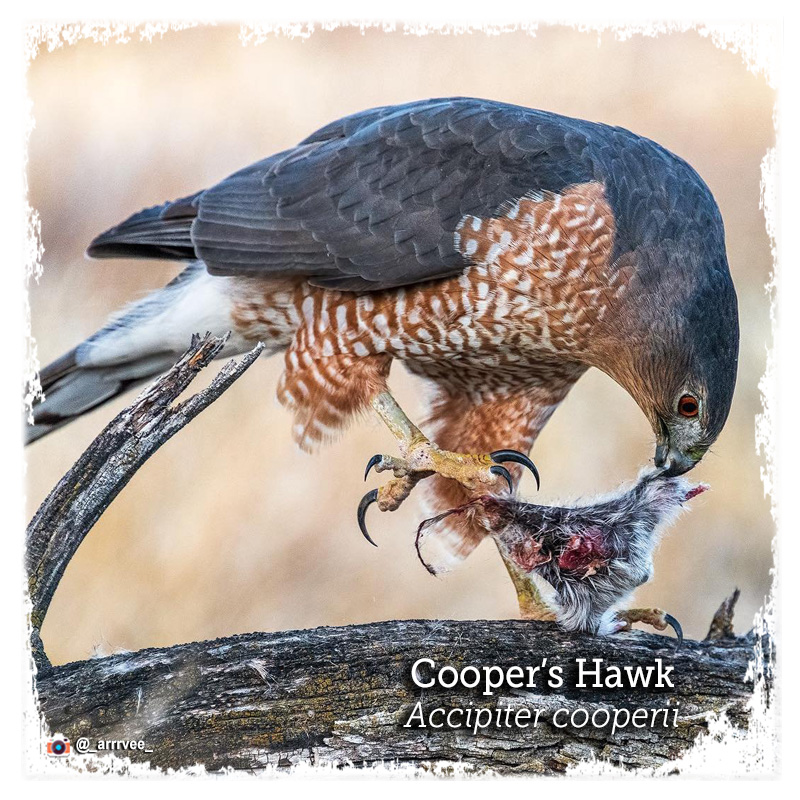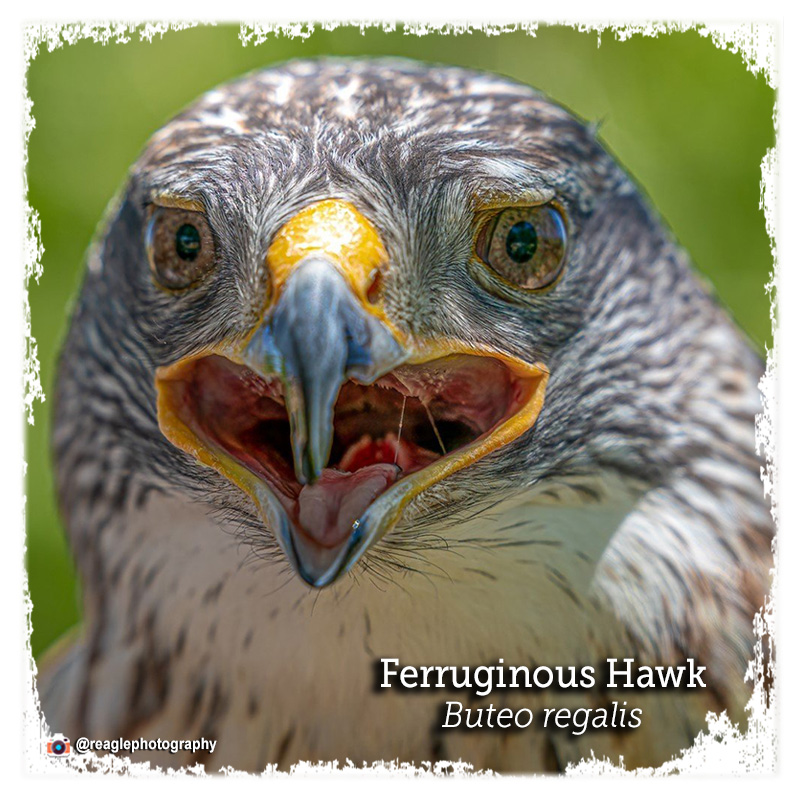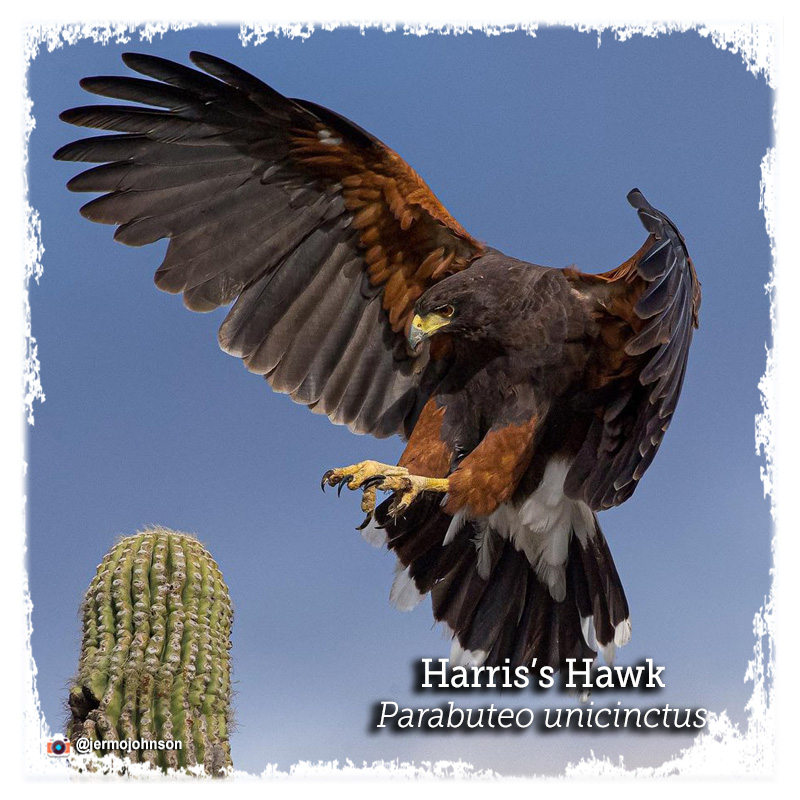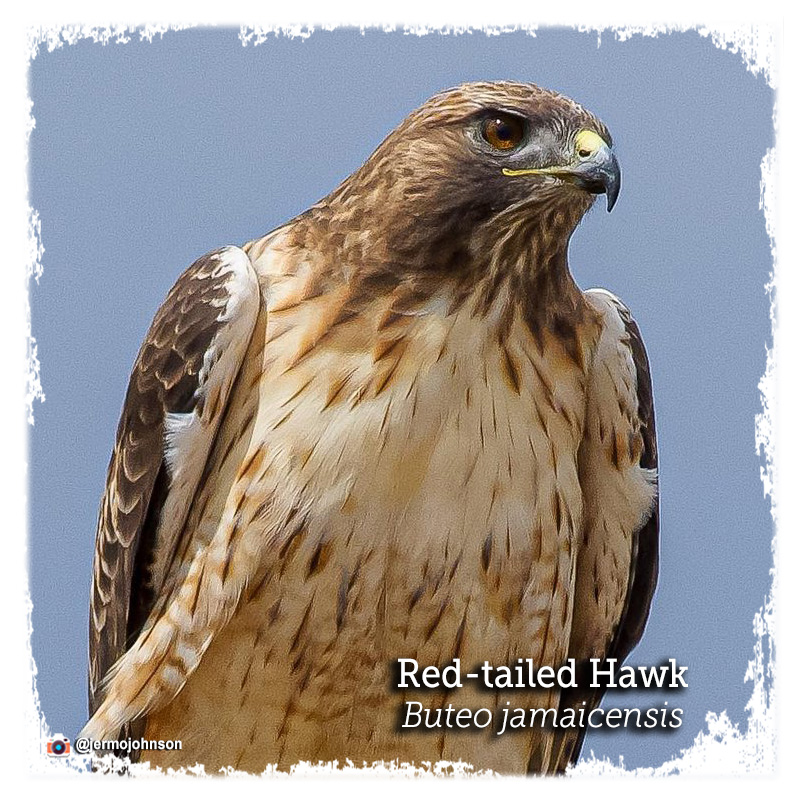
Hawks in Arizona
Discover Arizona’s Hawk Species
Welcome to your comprehensive guide to hawk species in Arizona. This resource provides detailed information on the lives, behaviors, and physical characteristics of these magnificent birds of prey. Whether you're an avid birder or just curious about these native raptors, this guide will help you identify and appreciate the hawks you can encounter in Arizona's beautiful state parks.
 Cooper’s Hawk (Accipiter cooperii)
Cooper’s Hawk (Accipiter cooperii)
Description
Size: 14-20 inches in length, with a wingspan of 24-35 inches.
Appearance: Blue-gray back, red eyes, and a long, banded tail.
Behavior
Diet: Feeds mainly on medium-sized birds.
Nesting: Builds stick nests in trees.
Cooper’s hawks are agile and acrobatic fliers, well adapted to hunting in forested environments. They are known for their stealth and speed, often ambushing prey from a concealed perch. Their primary diet consists of medium-sized birds, such as doves and pigeons, but they will also hunt small mammals and reptiles.
These hawks are highly territorial and can be quite aggressive, especially during the breeding season. They build their nests high in trees, often in dense woods. Cooper’s hawks have adapted well to suburban environments, where bird feeders attract a steady supply of prey.
Where to See Them
- Parks: Often spotted within or above areas of dense vegetation areas at Oracle State Park and Catalina State Park.
 Ferruginous Hawk (Buteo regalis)
Ferruginous Hawk (Buteo regalis)
Description
Size: 22-27 inches in length, with a wingspan of 52-56 inches.
Appearance: Rust-colored shoulders and legs and a white underside with rust-colored markings.
Behavior
Diet: Feeds on small mammals like rabbits and prairie dogs.
Nesting: Nests on cliffs or in large trees.
The Ferruginous hawk is the largest of the North American Buteos, known for its powerful build and striking coloration. These hawks are specialists in hunting small mammals, often seen perched on elevated vantage points or soaring low over open fields. Their hunting technique involves a combination of soaring and still-hunting from a perch.
Ferruginous hawks prefer open, arid landscapes like prairies and deserts, making Arizona an ideal habitat. They build large, sturdy nests, often on cliffs or in tall trees, providing a secure environment for raising their young. Their call is a sharp, piercing scream that can be heard over long distances.
Where to See
- Parks: Seen hunting the semi-open areas of Picacho Peak and Lost Dutchman state parks.
.jpg)
 Gray Hawk (Buteo plagiatus)
Gray Hawk (Buteo plagiatus)
Description
Size: 18-24 inches in length, with a wingspan of 36-42 inches.
Appearance: Light gray with a white tail band.
Behavior
Diet: Feeds on reptiles and small mammals.
Nesting: Nests in tall trees along riparian areas.
The gray hawk is a small, elegant hawk with distinctive light gray plumage and a striking white tail band. These hawks are typically found in riparian habitats, where they hunt for reptiles, small mammals, and insects. Their hunting technique involves perching silently before swooping down on their prey.
Gray hawks are known for their sharp, high-pitched whistle, often heard during the breeding season. They build their nests in tall trees, usually near water sources. These hawks are highly territorial and can be seen chasing away intruders from their nesting areas.
Where to See
- Parks: Commonly observed in riparian zones throughout their range. Try Dead Horse Ranch or Sonoita Creek near Patagonia Lake State Park.
 Harris’s Hawk (Parabuteo unicinctus)
Harris’s Hawk (Parabuteo unicinctus)
Description
Size: 18-24 inches in length, with a wingspan of about 40-47 inches.
Appearance: Dark brown with reddish shoulders and legs, and a white-tipped tail.
Behavior
Diet: Hunts cooperatively in groups, primarily feeding on small mammals and birds.
Nesting: Nests in trees, often in the desert scrub.
Harris's hawks are unique among raptors for their social hunting behavior. Unlike most hawks, they hunt in groups, usually consisting of a dominant pair and several younger birds. This cooperative hunting strategy allows them to take down larger prey and increases their success rate. They are also known for their intelligence and problem-solving abilities.
These hawks are often seen perched together on saguaro cacti or other high vantage points, scanning the ground for prey. Their striking appearance and fascinating behavior make them a favorite among birdwatchers. Harris's hawks are particularly well adapted to the desert environment, thriving in the hot, arid landscapes of Arizona.
Where to See
- Parks: Frequently seen in Picacho Peak, Alamo Lake, and Lost Dutchman state parks. Breeding pair and young hawks also live at Oracle State Park.
 Northern Harrier (Circus hudsonius)
Northern Harrier (Circus hudsonius)
Description
Size: 16-20 inches in length, with a wingspan of 38-48 inches.
Appearance: Long wings and tail, with a distinctive white rump patch.
Behavior
Diet: Feeds on small mammals and birds.
Nesting: Nests on the ground in dense vegetation.
The northern harrier, also known as the marsh hawk, is easily recognizable by its low, gliding flight over open fields and marshes. They have a distinctive owl-like face that aids in hearing prey movements. These hawks hunt by flying low and listening for the sounds of small mammals and birds.
Northern harriers build their nests on the ground, usually in dense vegetation to conceal them from predators. Their call is a series of short, sharp "kek-kek-kek" sounds. These hawks are often seen flying with their wings held in a V-shape, skimming the ground in search of prey.
Where to See
- Parks: Commonly seen in grasslands and marshes of Alamo Lake State Park.
 Red-shouldered Hawk (Buteo lineatus)
Red-shouldered Hawk (Buteo lineatus)
Description
Size: 17-24 inches in length, with a wingspan of 37-43 inches.
Appearance: Richly patterned with red shoulders and a banded tail.
Behavior
Diet: Eats small mammals, amphibians, and reptiles.
Nesting: Builds nests high in trees, often near water.
The red-shouldered hawk is known for its distinctive, loud call and striking plumage. These hawks are often found near water, in forests, and along rivers, where they hunt a variety of prey including small mammals, amphibians, and reptiles. They are skilled hunters, using their keen eyesight to spot prey from a distance.
Red-shouldered hawks are known for their loud, distinctive call, often described as a series of "kee-ah" sounds. They build their nests high in trees, usually in dense forests or near water bodies. These hawks are territorial and will aggressively defend their nesting area from other raptors and intruders.
Where to See
- Parks: Best seen near water bodies like Pine Creek at Tonto Natural Bridge State Park and Lyman Lake State Park.

 Red-tailed Hawk (Buteo jamaicensis)
Red-tailed Hawk (Buteo jamaicensis)
Description
Size: 18-26 inches in length, with a wingspan of 43-57 inches.
Appearance: Broad, rounded wings and a short, wide tail. Adults have a characteristic reddish-brown tail.
Behavior
Diet: Primarily small mammals like rodents, but also birds and reptiles.
Nesting: Often builds nests high in trees or on cliff ledges.
The red-tailed hawk is one of the most common and widespread hawks in North America, often seen soaring in wide circles high above fields and forests. These birds are incredibly adaptable, thriving in various habitats from deserts and grasslands to woodlands and urban areas. Known for their distinctive, raspy "kee-eeeee-arr" call, they are a familiar sight and sound in many parts of Arizona.
Red-tailed hawks are opportunistic hunters with excellent vision, capable of spotting prey from great distances. They use their powerful talons to capture and kill a wide range of animals. During the breeding season, they perform impressive aerial displays, and their nests, often reused year after year, can become quite large.
Where to See
- Parks: Red-tailed hawks are commonly seen in Catalina State Park and Lost Dutchman State Park.
.jpg) Swainson’s Hawk (Buteo rswainsoni)
Swainson’s Hawk (Buteo rswainsoni)
Description
Size: 18-22 inches in length, with a wingspan of 46-54 inches.
Appearance: Dark flight feathers, a white underside, and a brown chest.
Behavior
Diet: Prefers insects and small mammals.
Nesting: Nests in trees or on cliff faces.
Swainson’s hawks are remarkable for their long migratory journeys, traveling from North America to South America each year. During migration, they form large flocks, sometimes numbering in the thousands. This species undergoes significant dietary shifts throughout the year, feeding on small mammals in the breeding season and primarily on insects like grasshoppers and crickets during migration.
Swainson’s hawks are often seen soaring high in the sky, using thermal currents to cover vast distances with minimal effort. Their call is a high-pitched whistle, which they use for communication within their flocks. These hawks prefer open habitats like prairies and agricultural fields, where they can hunt their preferred prey.
Where to See
- Parks: Best seen during migration periods in Alamo Lake State Park.
 Zone-tailed Hawk (Buteo albonotatus)
Zone-tailed Hawk (Buteo albonotatus)
Description
Size: 18-22 inches in length, with a wingspan of 46-56 inches.
Appearance: Dark plumage with white bands on the tail.
Behavior
Diet: Primarily feeds on small mammals and birds.
Nesting: Prefers nesting in tall trees or cliff ledges.
The zone-tailed hawk is known for its remarkable resemblance to the turkey vulture, a trait that it uses to its advantage while hunting. By mimicking the vulture's flight pattern, the zone-tailed hawk can approach prey unnoticed. This hawk is predominantly black with a striking white band on its tail, making it easy to identify when seen up close.
These hawks prefer rugged terrains, including canyons and mountainous areas, where they nest on cliff ledges or in tall trees. Their hunting strategy involves soaring high above the ground and then diving swiftly to capture their prey. They are versatile hunters, capable of catching a variety of animals.
Where to See
- Parks: Found in the rugged terrain of Tonto Natural Bridge State Park and the surrounding area.
Conclusion
Arizona's state parks offer incredible opportunities to observe a diverse array of hawk species in their natural habitats. From the common red-tailed hawk to the rare gray hawk, these birds of prey add to the rich biodiversity of the state's desert and forest landscapes. Plan your visit to one of Arizona’s state parks and experience the majesty of these remarkable raptors up close.

